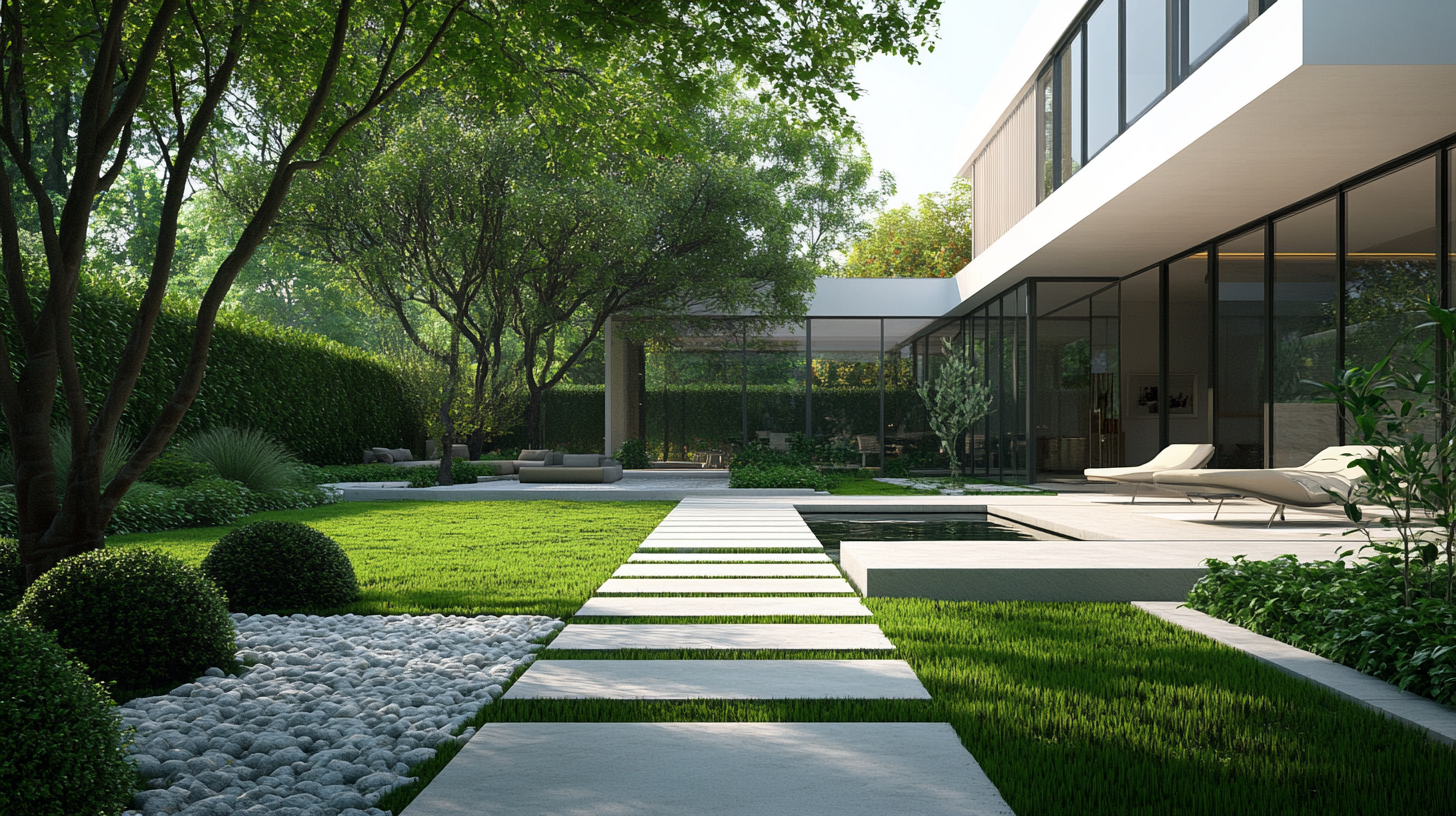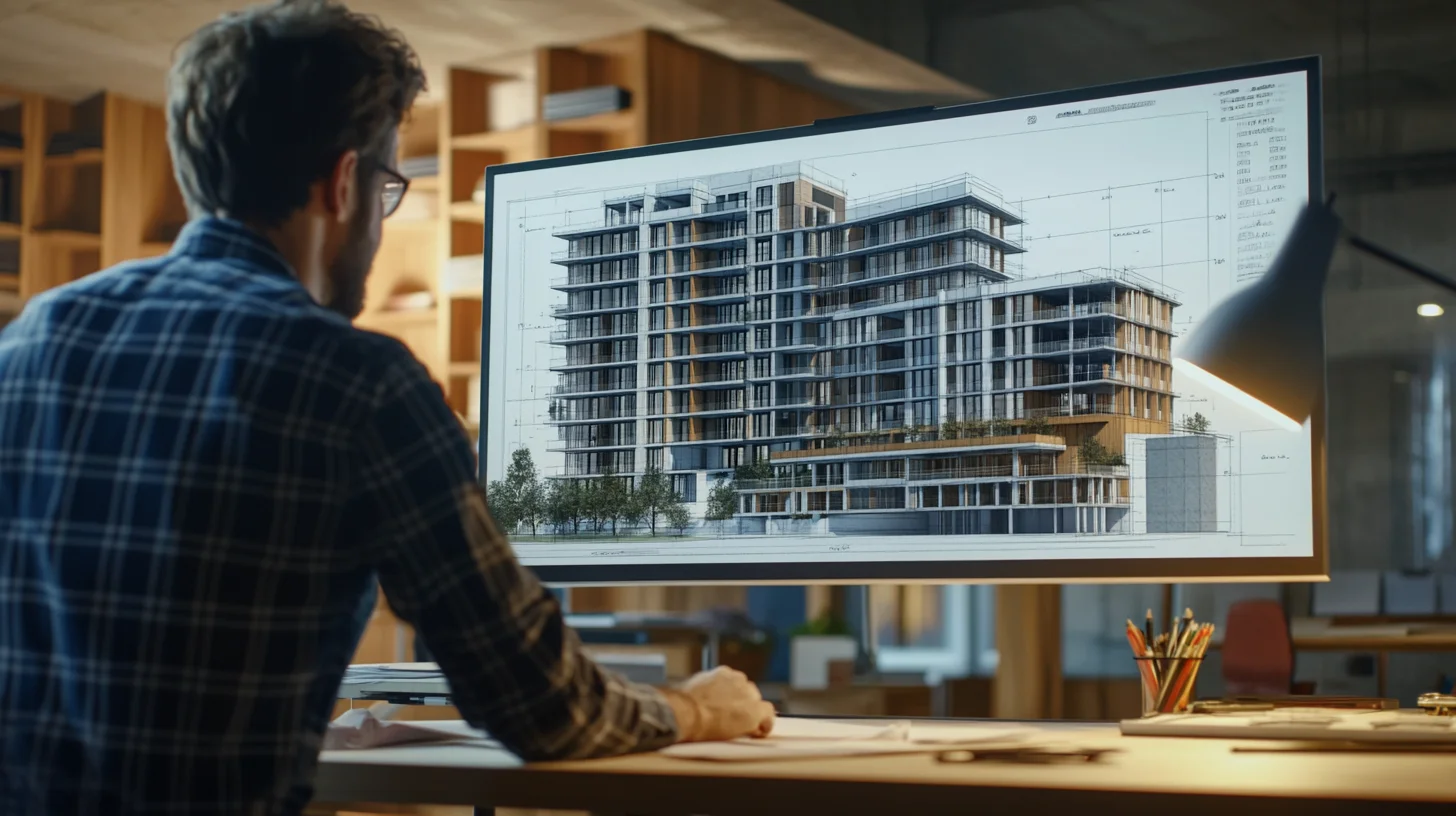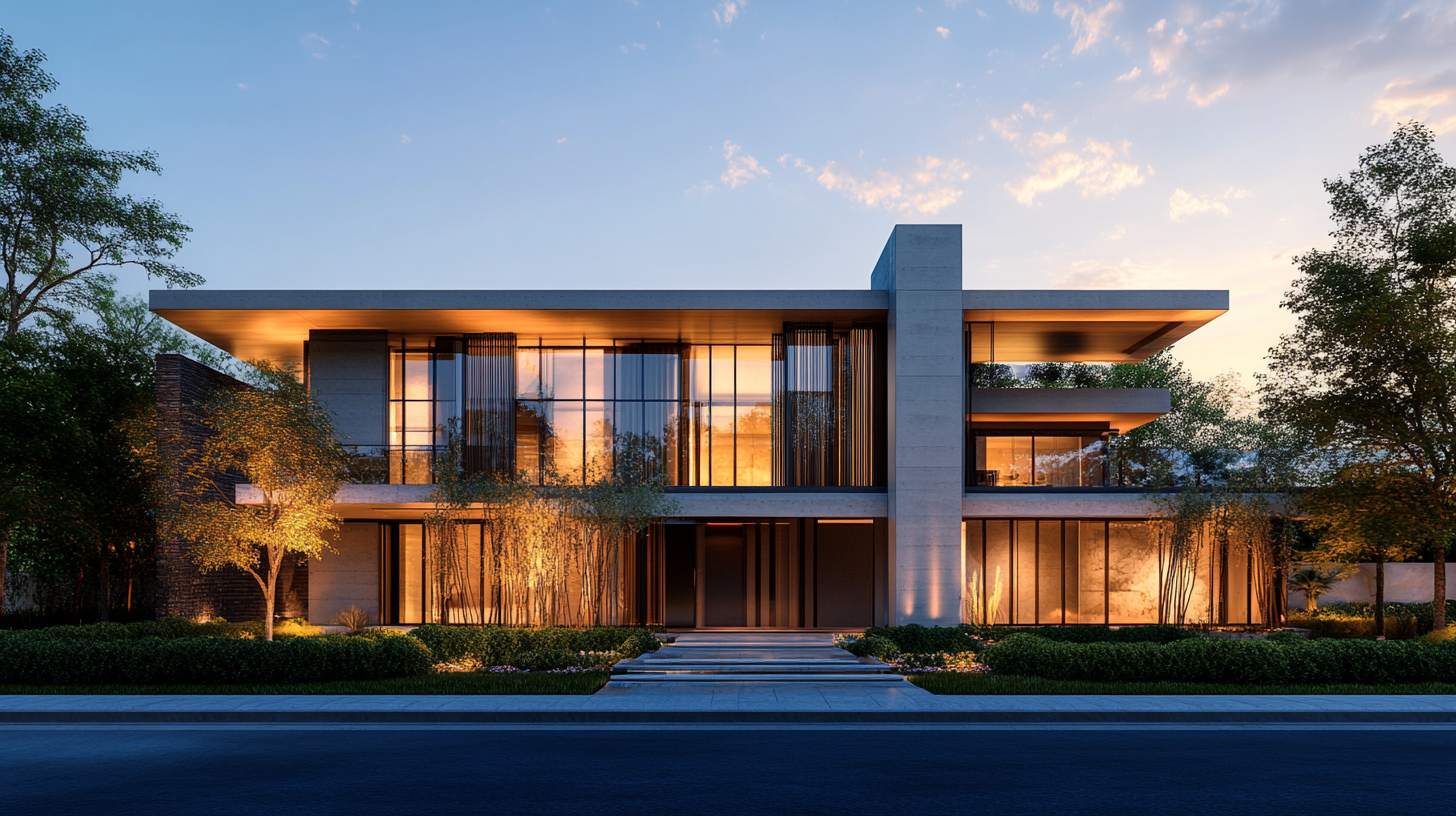
Minimalist Garden Designs for Contemporary Architecture
Minimalist garden design is redefining outdoor spaces for modern living. With clean lines, simplicity, and purpose at its core, this style integrates seamlessly with contemporary architecture, creating tranquil environments where less is truly more. For homeowners, architects, and landscape designers, minimalist gardens provide a harmonious blend of nature and modernity.
This post explores the key elements of minimalist garden design, its synergy with contemporary architecture, and practical tips to help you craft a space that exudes elegance and calm. Whether you’re working with the best architecture company in Chennai or tackling a DIY project, this guide will inspire your creativity.
Key Elements of Minimalist Gardens
1. Clean Lines and Symmetry
Minimalist gardens thrive on simplicity, and defined lines add structure and balance. Straight pathways, geometric layouts, and symmetrical compositions align perfectly with modern homes, emphasizing order and sophistication.
Example Tip for Designers: Use linear stone paving for pathways to evoke structure or incorporate rectangular water features that reflect light beautifully.
2. Open Spaces
Uncluttered and open spaces are vital in minimalist designs. The idea is to eliminate visual chaos while creating areas for mindful relaxation or movement.
Pro Insight for Architects: Open lawns framed with subtle hedging or gravel paths invite elegance with functionality.
3. Neutral and Natural Materials
Materials like concrete, wood, and stone are central to minimalist designs. Their neutral tones blend effortlessly with the environment, avoiding visual excess while promoting elegance.
Material Choice Tip for Homeowners & DIY Enthusiasts: Consider gravel mulching paired with polished wooden seating for minimal maintenance and maximum aesthetic.
Adapting to Contemporary Architecture
Seamless Indoor-Outdoor Flow
Modern homes often emphasize open-plan living spaces with large glass facades or sliding doors. Minimalist gardens can extend and complement this sense of openness.
- Example Design Concept: Use the same flooring material indoors and outdoors to bridge the gap and create continuity.
Additionally, working with experts in Interior Design allows for better integration of garden vistas into indoor living spaces through color and texture coordination.
Highlighting Architectural Features
Rather than competing with a home’s design, minimalist gardens enhance and highlight existing architecture. Whether you’re working on an angular urban home or a soft organic build, minimalism enhances the features without overpowering them.
Architect Tip for Implementation: Use lighting strategically to highlight architectural angles or plant focal points seamlessly aligned with the property’s aesthetics.
Plant Selection and Placement
Choosing Minimalist-Friendly Plants
When it comes to plants, less is more. Focus on species that offer clean shapes, subdued colors, and low maintenance. Opt for grasses, succulents, or architectural plants like agave for a sculptural effect.
Plant Suggestions:
- Foliage Focus: Bamboo, silver grasses, and ferns create depth without overwhelming.
- Geometrical Plants: Topiary boxwoods or agave for sharp symmetry.
- Seasonal Detailing: Cherry blossoms or sugar maples provide color bursts during specific seasons.
Structuring Planting Zones
Minimalist gardens emphasize asymmetrical balance. Creating clusters while leaving open “negative space” ensures neither greenery nor hardscapes dominate the design.
Landscape Designers’ Advice:
- Group plants in odd numbers for visual balance.
- Use tiered planting (ground cover, shrubs, and trees) for harmonious layering.
Maintenance and Sustainability
One major appeal of minimalist gardens is their ease of maintenance. A proper design not only prioritizes aesthetics but also incorporates sustainable practices.
Low-Maintenance Landscaping
Minimalist gardens rely on hardy plants, automated irrigation systems, and simple hardscapes that do not require constant upkeep. Additionally, materials like concrete or gravel reduce the need for frequent intervention.
Pro Tip for Busy Homeowners:
- Use self-watering pots and drought-tolerant plants like succulents or ornamental grasses to save time and resources.
Eco-Friendly Additions
Sustainability is the future of garden design. Creating green spaces using recycled materials, rainwater harvesting systems, and native vegetation reduces ecological impact while preserving aesthetics.
Eco-Ideas for Gardens:
- Install permeable paving for water drainage.
- Repurpose old furniture as planters.
Modern tools, such as AI-powered landscape design programs, can help optimize placements of plants and hardscapes to maximize both beauty and sustainability.
Case Studies: Inspiring Examples
1. Zen Neutrality in a Chennai Getaway
A collaboration between a boutique architect and the best architecture company in Chennai resulted in a seamless retreat featuring smooth concrete pathways, lush bamboo screens, and reflective water features.
2. A London Minimalist Rooftop Garden
This urban project turned a cramped rooftop into a minimalist oasis with symmetrical planting, modular seating, and a muted color scheme.
3. Transforming a Californian Backyard
Large agave sculptures paired with timber decking and gravel ensured this spacious backyard kept its minimalist ethos while exuding warmth.
4. The Meditative Look in Japan
With its balance of rocks, sand, and carefully groomed moss, a Japanese minimalist garden combines functionality with serenity for a meditative space.
Each of these case studies showcases how contemporary architecture and minimalist gardening enhance one another beautifully.
Why Less in Garden Design Means More
Minimalist garden designs aren’t merely aesthetic choices; they represent a mindset of celebrating simplicity and functionality. Whether you’re designing for a sleek urban home or a sprawling countryside retreat, adding clean lines, symmetry, and natural materials can transform any outdoor space into a serene escape.
If you’re not sure how to begin, partnering with experts in Interior Design or landscape architects can help refine design choices to suit your space and your vision.
Explore the potential of minimalism in your own garden and experience the harmony it brings to life, space, and architecture.



